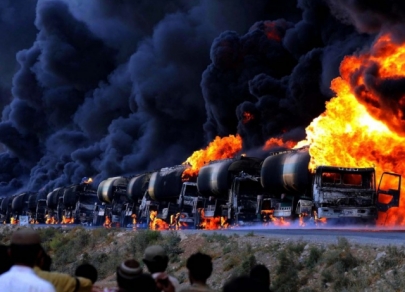FX.co ★ Five global oil market myths
Five global oil market myths
According to experts, there are no longer any opportunities to profit in the energy sector. Energy market is the worst place to invest in this year. However, the crude price is seen to rise to $65 a barrel in 2018 and some optimistic estimates even put it at $70 a barrel by the end of the decade. Still, investors do not trust these forecasts and are rather keen to embrace oil market myths. Let's check them out.

Myth #1: US inventories are too high
Although the recent estimates showed the US oil production grew by 80% over the past six years, experts say investors are too focused on US crude inventories. According to official data, US inventories only make up about a quarter of the world's inventories.

Myth #2: US shale production will flood the market
Investors are concerned about excessive US shale production because its production cost is $35-$40 per barrel. Energy analysts claim very few US companies can really make profits below $50 a barrel. Sooner or later this will become obvious, and the $35-$40 per barrel myth will fade away.

Myth #3: Electric vehicles will destroy oil demand
Investors believe that the mass production of electric vehicles will sharply reduce oil demand. However, experts say this will hardly happen as it will be necessary to greatly cut solar and wind costs. All of the electric vehicles sold between 2012 and 2020 will only replace 270,000 barrels a day of petroleum demand. That is just 0.25% of expected 2020 oil demand, according to economists.

Myth #4: Peak oil demand is very close
This myth has been popular in 2016, but now it is also floating around. Experts believe this is unlikely because of the growing global population. The peak oil demand will possibly not take place before 2030.

Myth #5: Nigeria and Libya will boost oil supplies
The fifth myth is associated with the role of Nigeria and Libya in the global crude oil market. Most investors worry that both counties will be back with impressive supplies. This is partly true. But these nations suffer from domestic political unrest and civil war. Libya and Nigeria remain potential swing factors due to their volatile production environment. Given the challenges in these countries, foreign investment will likely remain scarce.






















